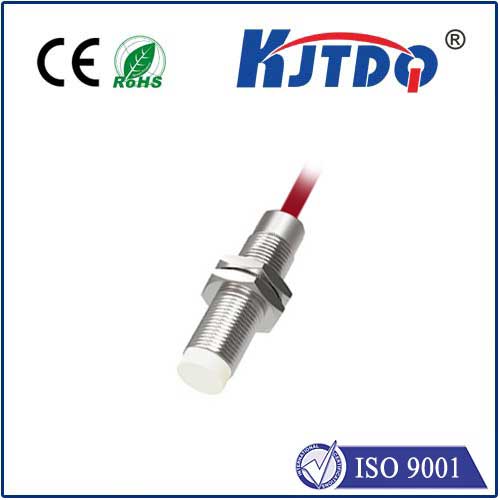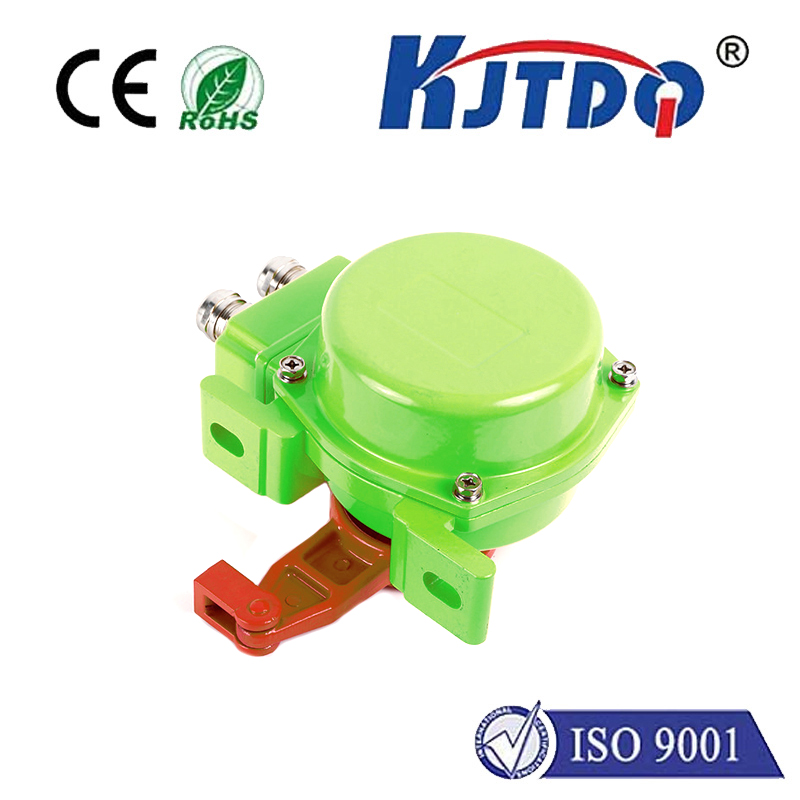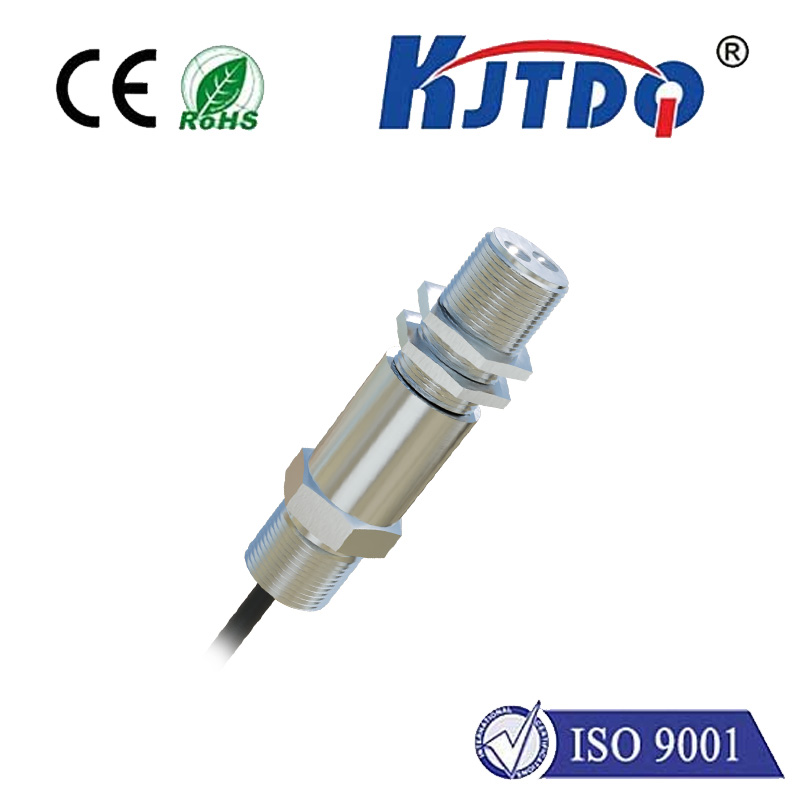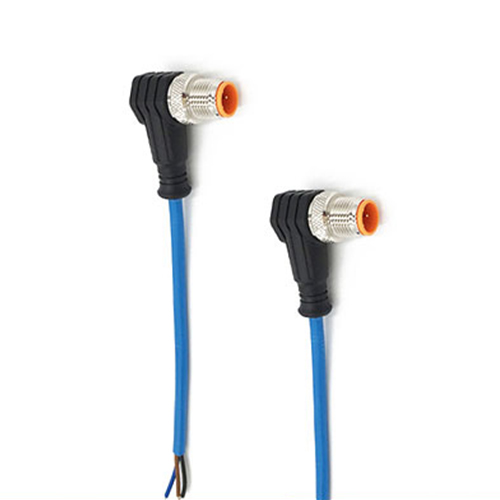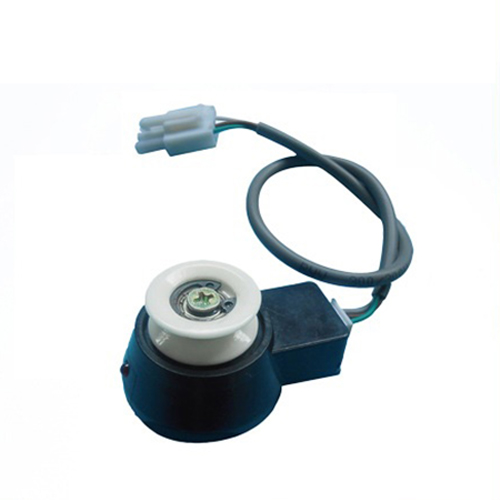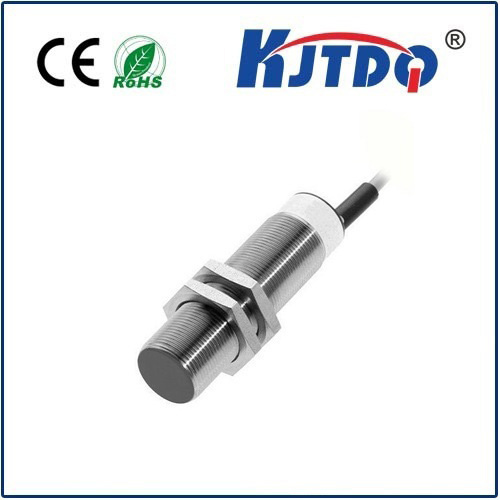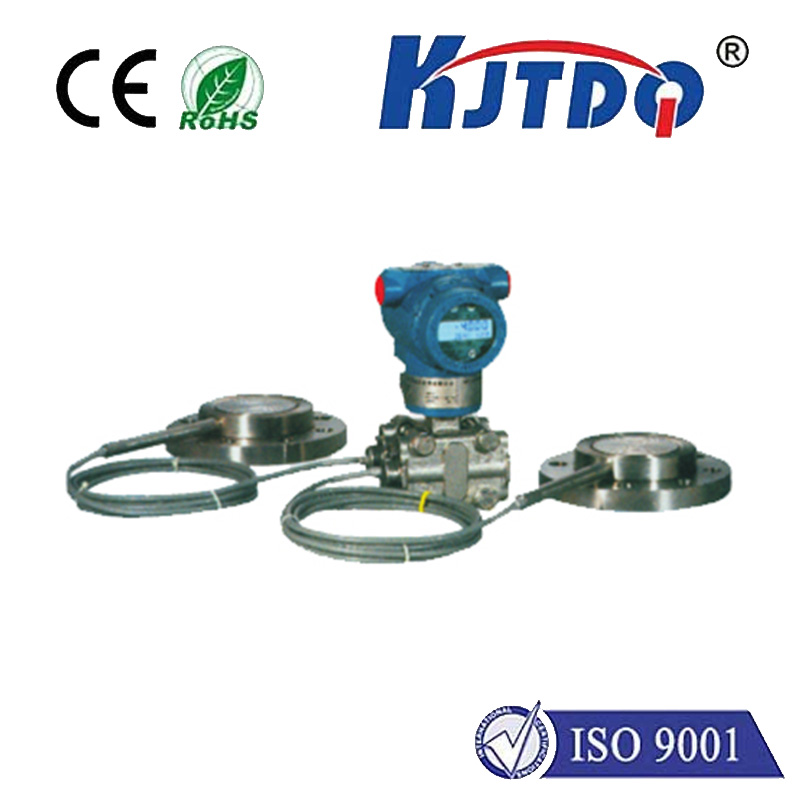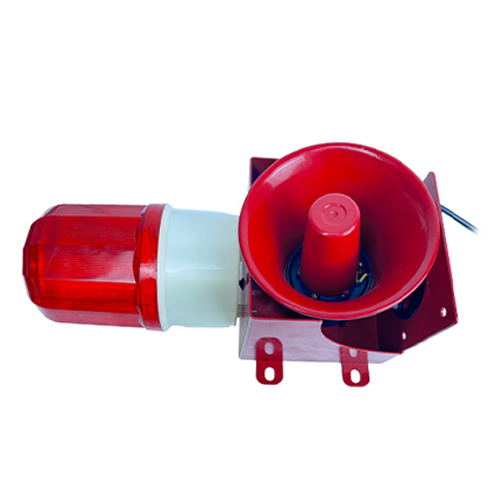E3FA-TP11 2M 24v photoelectric sensor
- time:2025-09-28 00:24:23
- Click:0
E3FA-TP11 2M 24V Photoelectric Sensor: Reliable Object Detection for Demanding Automation
Imagine a production line humming along, components gliding smoothly from station to station. Hidden heroes work tirelessly to ensure this seamless flow: sensors that detect presence, absence, position, and height with unwavering precision. Among these crucial components, the E3FA-TP11 2M 24V photoelectric sensor stands out as a robust and dependable solution for countless industrial automation challenges. Its specific design caters to environments demanding ruggedness, ease of use, and consistent performance, making it a go-to choice for engineers and system integrators worldwide.
Delving into the Specifications: What E3FA-TP11 2M 24V Means
Let’s decode the model identifier to understand exactly what this sensor offers:
- E3FA: This prefix typically identifies a specific series within Omron’s extensive sensor portfolio, often denoting a cylindrical housing format and diffuse-reflective sensing mode.
- TP11: This suffix usually specifies the exact variant within the E3FA series. It defines key characteristics like the housing size (often M18 cylindrical), the connection type (commonly a 2m fixed cable in this case), and potentially specific output configurations.
- 2M: Clearly indicates the sensor cable length is 2 meters. This pre-attached cable simplifies installation and wiring compared to sensors requiring separate connectors or conduit entries.
- 24V: This is absolutely critical – it signifies the sensor operates on a 24V DC power supply. This is the de facto standard voltage in modern industrial control systems, ensuring compatibility with PLCs (Programmable Logic Controllers), relays, and other control devices without needing additional voltage conversion.
Core Functionality: Diffuse-Reflective Photoelectric Sensing

At its heart, the E3FA-TP11 is a diffuse-reflective photoelectric sensor. Here’s how this reliable technology works:
- Emission: An internal LED (often infrared or red visible light) emits a beam of light.
- Reflection: When an object enters the sensor’s detection zone, this light beam strikes the object’s surface.
- Scattering: The object diffusely scatters the light in many directions.
- Reception: A receiver element, located within the same sensor housing as the emitter, detects a portion of this scattered light.
- Output Switching: The sensor’s internal electronics process the received light signal. When the intensity surpasses a preset threshold (indicating an object is present), the sensor’s solid-state output (typically an NPN transistor) switches state. This change (e.g., turning ON or OFF) provides a clear electrical signal to the connected control system.
The key advantage of diffuse-reflective sensors like the E3FA-TP11 is their simplicity. They only require mounting on one side of the application, unlike through-beam sensors which need separate emitter and receiver units. This makes installation quicker and more cost-effective.
Why Choose the E3FA-TP11 2M 24V? Key Advantages
This specific model combines several features that make it exceptionally suitable for industrial environments:
- 24V DC Standardization: Ensures seamless integration into virtually any modern factory automation or machinery control panel, eliminating compatibility headaches.
- 2-Meter Fixed Cable: Offers plug-and-play convenience and reliable connectivity. The fixed length eliminates connector failure points, while 2 meters provides flexible positioning relative to the control cabinet or junction box.
- Robust M18 Cylindrical Housing: Provides excellent mechanical durability against bumps and vibrations common on factory floors. The cylindrical shape also allows for easy mounting using standard M18 mounting nuts or brackets.
- High Environmental Resistance: Typically features a high Ingress Protection rating like IP67. This means it’s dust-tight and capable of withstanding temporary immersion in water, making it suitable for washdown environments or areas with significant dust, moisture, or oil mist.
- Reliable Diffuse-Reflective Operation: Offers the perfect balance of ease of installation and effective detection for a vast range of objects – from packaging and cartons to machined parts and pallets. Its sensing range (though specific to the TP11 variant) is generally suitable for close to medium-range detection tasks.
- LED Status Indicators: Built-in LEDs clearly show power status and output switching state, simplifying setup, troubleshooting, and visual confirmation of operation.
Typical Applications: Where the E3FA-TP11 Excels
The versatility and reliability of the E3FA-TP11 make it a workhorse across numerous sectors:
- Conveyor Systems: Detecting the presence or absence of packages, boxes, or products on a line; triggering counters; verifying correct positioning.
- Packaging Machinery: Confirming flap closure, label application, case filling levels, or product placement within packaging.
- Material Handling: Monitoring the passage of items on chutes, elevators, or sorting systems; detecting pallet positions; preventing jams.
- Automated Assembly: Verifying component feeds; checking part placement accuracy; detecting tool position; guarding access points.
- Food & Beverage Processing: Monitoring bottle/can fill levels (when used appropriately for the application), detecting containers on rinsers or fillers, ensuring proper cap placement (Note: Specific food-grade variants may be required for direct contact).
- Automotive Manufacturing: Part presence detection during assembly steps; verifying robot tooling positions; checking component orientation.
Installation and Operation Considerations
Maximizing the performance and lifespan of your E3FA-TP11 sensor involves a few best practices:
- Power Supply: Always use a stable, regulated 24V DC power source. Ensure correct polarity connection (Brown = +24V, Blue = 0V, Black = Output).
- Mounting: Secure the M18 body firmly using the supplied nut. Ensure the sensing face has a clear view of the target area. Avoid mounting surfaces or backgrounds that could cause false reflections.
- Target Characteristics: Diffuse-reflective sensors perform best with matte, light-colored objects. Highly reflective or very dark objects can reduce the effective sensing distance. The sensor’s performance is also influenced by the target’s size, shape, and surface angle.
- Environment: While robust, avoid direct exposure to strong ambient light (like sunlight shining directly on the receiver) or extremely high temperatures beyond the sensor’s specified range (typically around -25°C to +55°C). Its IP67 rating protects against dust and water jets.
- Sensitivity Adjustment: Many E3FA variants feature a potentiometer for fine-tuning the detection sensitivity. Adjust this carefully to ensure reliable object detection while minimizing false triggers from background interference or environmental dust/mist.
The E3FA-TP11 2M 24V photoelectric sensor embodies a blend of rugged industrial design, standardized compatibility, and proven diffuse-reflective sensing technology. Its fixed 2-meter cable and M18 housing offer installation simplicity and durability, while its core function provides reliable object detection critical to maintaining efficient, safe, and automated processes. For cost-effective, dependable sensing in demanding 24V control environments, the E3FA-TP11 remains a consistently excellent choice.






